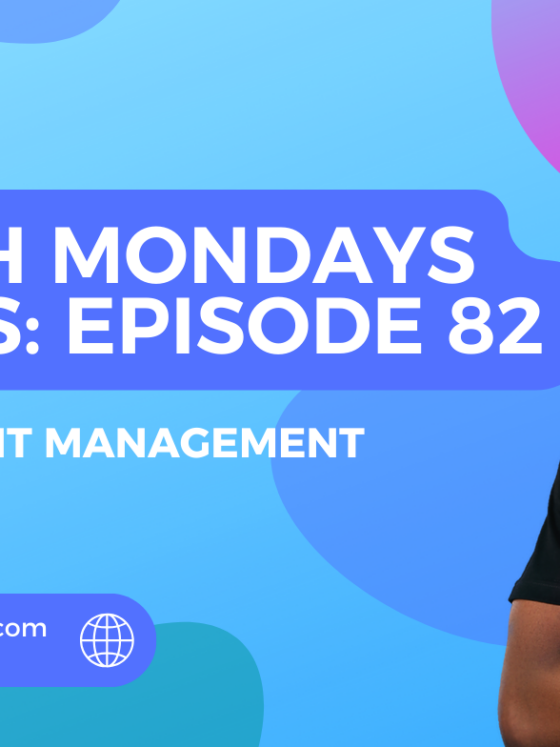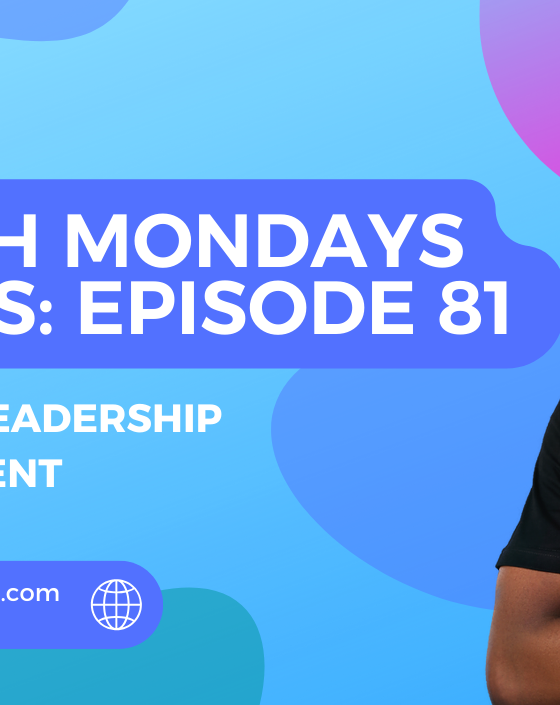Effective Review of Your Business Year
North Mondays Series: Episode 87

13th month salary and profit sharing.
As we round off the year, some of you have looked through your books and the numbers you’ve done have given you a reason to be jolly while for some of you, ‘it is well’ has become your mantra.
Regardless of the group you belong to, I’m here to congratulate you. Congratulations for being consistent and pushing through what has been a particularly difficult year for entrepreneurs.
It is now time to reflect and review all that has happened this year to enable you prepare and launch into the coming year with a clear understanding of what worked, what didn’t, and where you should focus your energy.
A thoughtful review can reveal hidden opportunities, uncover critical weaknesses, and provide actionable insights to refine your strategy. This isn’t about looking back; it’s about planning forward.
North Mondays Series, is saying Merry Christmas by providing a guide that you a structured approach to conducting an effective business review. From analyzing your key metrics to reflecting on team performance and market dynamics,
Action: Ready to start? Grab your notebooks, calendars, and spreadsheets—it’s time to reflect, analyze, and strategize. Let’s ensure you’re not just rolling into next year but growing into it!
Why a Business Year Review Matters
Conducting an end-of-year review is more than a formality—it’s an opportunity to pause, evaluate, and strategize. This process allows you to learn from your successes, address your failures, and set clear priorities for the upcoming year. Without reflection, you risk repeating mistakes or missing opportunities for improvement.
Key Benefits of Reviewing Your Business Year:
- Gain clarity on your financial and operational performance.
- Identify growth opportunities and areas for cost reduction.
- Set realistic and measurable goals for the coming year.
Step 1: Analyze Key Business Metrics
Numbers tell a story. Start your review by analyzing key performance indicators (KPIs) and financial metrics such as revenue growth, profit margins, customer acquisition costs, and cash flow. It’s time to find out what worked out, what didn’t and why.
Questions to ask:
- Did your revenue meet projections?
- What were your most and least profitable products or services?
- How effective were your marketing and sales efforts?
Step 2: Evaluate Customer Insights
Walk a mile in your customer’s shoes. Genuinely ask and answer the questions:
- Are my customers happy?
- If I was a customer, would I patronize this business?
- How will I like to be treated?
Everyone knows that customers are the heart of the business so review customer feedback, satisfaction surveys, and churn rates to understand how well you’ve met their needs.
Steps to assess customer insights:
- Look at patterns in complaints and compliments.
- Identify your most loyal customers and the factors driving their loyalty.
- Evaluate feedback to uncover potential product or service improvements.
Step 3: Reflect on Team Performance
Your team is your greatest asset. Listen to them. Analyze their contributions, challenges, and growth over the year. Consider their morale, efficiency, and skill development.
Reflection points for team performance:
- Were team goals met?
- Are there skill gaps that need addressing?
- How engaged and motivated are your employees?
Step 4: Review Market Trends and Competitors
The business landscape changes rapidly. Reflecting on how market trends and competitors impacted your business can provide valuable context for your performance.
Questions to consider:
- How have market conditions evolved?
- Did any new competitors emerge, and how did they perform?
- What external factors affected your business, positively or negatively?
Step 5: Assess Progress Against Goals
Revisit the goals you set at the start of the year. Analyze which ones you achieved, which you missed, and why. If you weren’t able to achieve much, this isn’t time to cry over spilled milk. Rather, it is an opportunity to prepare for the future. Remember, knowledge should inform you, not haunt you.
How to assess progress:
- Break goals into short-term and long-term categories.
- Identify obstacles that prevented goal achievement.
- Celebrate wins, big and small!
Step 6: Identify Strengths and Weaknesses
A SWOT analysis (Strengths, Weaknesses, Opportunities, Threats) can provide a clear picture of your business position. Use this exercise to guide future strategies.
SWOT Analysis Tips:
- Be honest about weaknesses—this is where growth happens.
- Look for trends in opportunities and threats that might repeat next year.
- Use strengths to capitalize on market opportunities.
Step 7: Create an Actionable Plan for the New Year
Don’t let your review stop at reflection, take action. Turn your insights into clear and measurable goals with timelines, and accountability.
Steps for planning:
- Set SMART goals (Specific, Measurable, Achievable, Relevant, Time-bound).
- Develop a roadmap for implementing changes.
- Regularly review progress throughout the year.
Conclusion: Close the Year with Confidence
An effective year-end business review is a transformative process that sets you up for success in the coming year. By analyzing performance, listening to customers, evaluating your team, and strategizing based on insights, you’re not just reviewing the past—you’re shaping the future.
As you review your books and set goals, make plans to enroll in my online course Biz Dez With Nnanna where you’ll get actionable tips that are sure to transform your business
Join the Conversation: Share Your Reflections I’d like to know what you did differently in 2024, how it turned out and how you’ll be refining that step for 2025.









Recent Comments